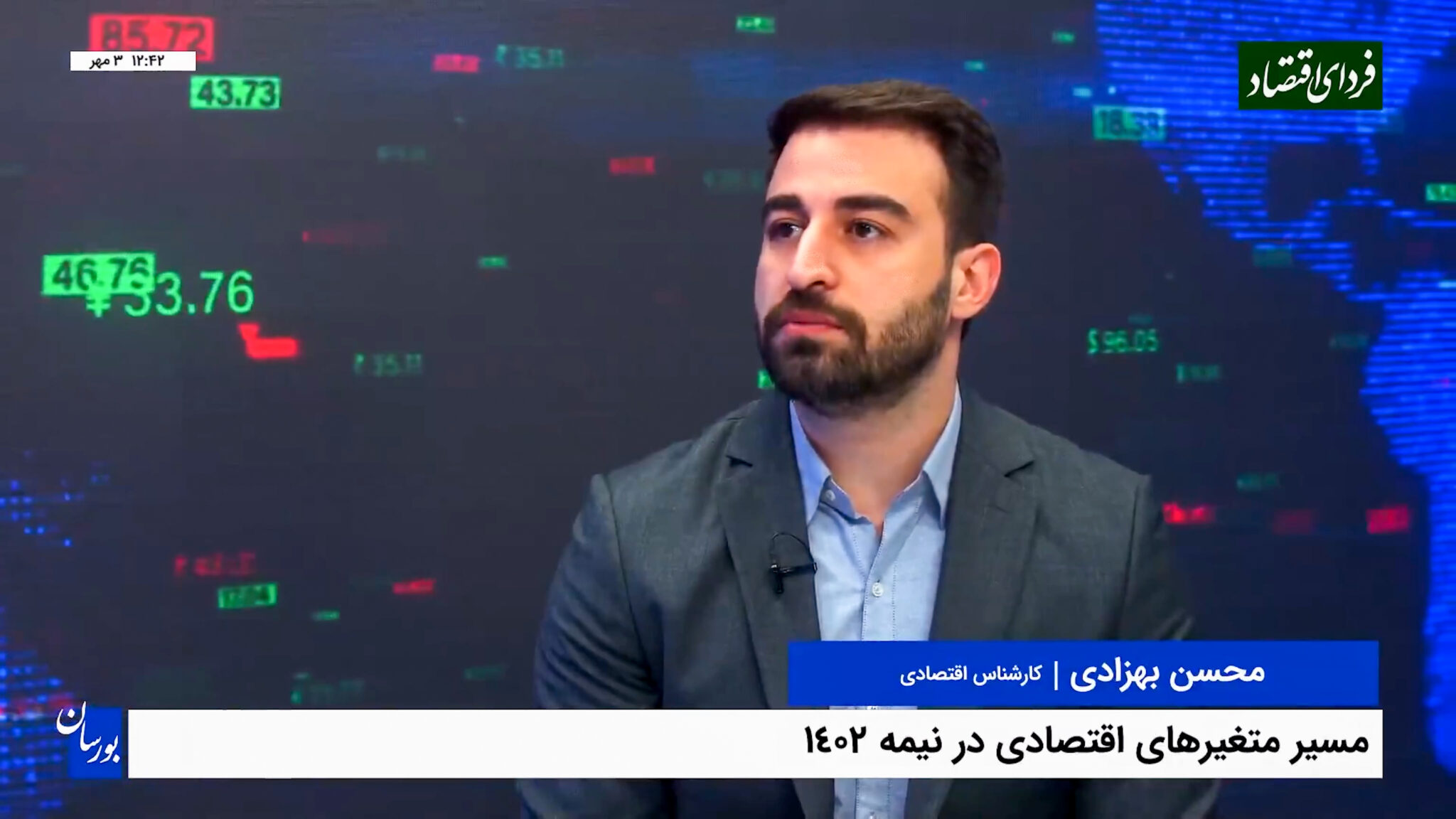Realated posts

Mohsen Behzadi in an Interview with Fardaye Eghtesad:
Tehran- The total-debt-to-total-assets imbalance of the banking system and financial dominance is the main cause of the liquidity growth.
Currency interventions will eventually bow down to the fundamentals of the economy and liquidity growth.
The portfolio and financing manager of Sadr Tamin Investment Company (TASSICO) told Fardaye Eghtesad in an interview on Wednesday, September 27 that the monetary base was one of the issues that alarming comments were made about it and induced panic in the society.
The warnings had predicted an increasing liquidity growth and a growing inflation, Behzadi said, according to a report by the website of Sadr Tamin Investment Company.
He said in the interview with Fardaye Eghtesad, a broadcast media production creating video and audio content on Iran economy, that the 2002-2020 currency intervention, which was aimed at stabilizing the exchange rate, was more than today’s gross domestic product (GDP) (more than $250bn).
Monetary authorities conduct foreign exchange intervention to influence rates by buying and selling currencies in the market. The intervention is intended to contain excessive currency fluctuations and to stabilize them.
At least, a series of nominal variables could have brought under control by controlling the exchange rate, he explained, arguing that the foreign exchange interventions potentially encourage capital flight and smuggling.
The economy had been inheriting such bad legacies as the lack of investment in infrastructure along with the above-mentioned issues from those interventions, Behzadi said.
He noted that the Central Bank of Iran reached a conclusion to play the role of the market maker [instead of currency intervention] since May 2018 when the US government announced its withdrawal from the Joint Comprehensive Plan of Action (JCPOA).
JCPOA or Iran nuclear deal is an agreement on Iran’s nuclear program reached in July 2015 by Iran and Russia, China, Britain, France, Germany and US.
Typically, large banks such as Central Bank of Iran act as market makers to ensure there is enough liquidity in the markets so that trades can be done seamlessly.
Behzadi said that currency interventions were “obsolete” now.
“The current situation is completely different from that of 1988 when there was an oil boom, he said. “The effect of currency intervention by the Central Bank is not visible,” the manager added.
Behzadi noted that the economy inherited an imbalance in the total-debt-to-total-assets, which was formed in banks in 2008-2009.
The government, he said, made a proposal to settle a part of its debt to a series of the state-owned banks (Bank Saderat Iran, Bank Mellat, and Tejarat Bank) in January 2019, explaining that the proposal suggested that the banks would receive shares of some refineries in exchange of the debts. But the banking system was against that debt-settlement proposal by the government, Behzadi added.
He believed that currency imbalance was the main cause of liquidity growth, stressing that on the other hand, currency interventions would eventually bow down to the fundamentals of the economy and the growth of liquidity.
Watch the full video of the Bourseon’s interview (of Fardaye Eghtesad) with portfolio manager of Sadr Tamin Investment Company, Behzadi, on the Iranian video-sharing service Aparat (https://www.aparat.com/).


